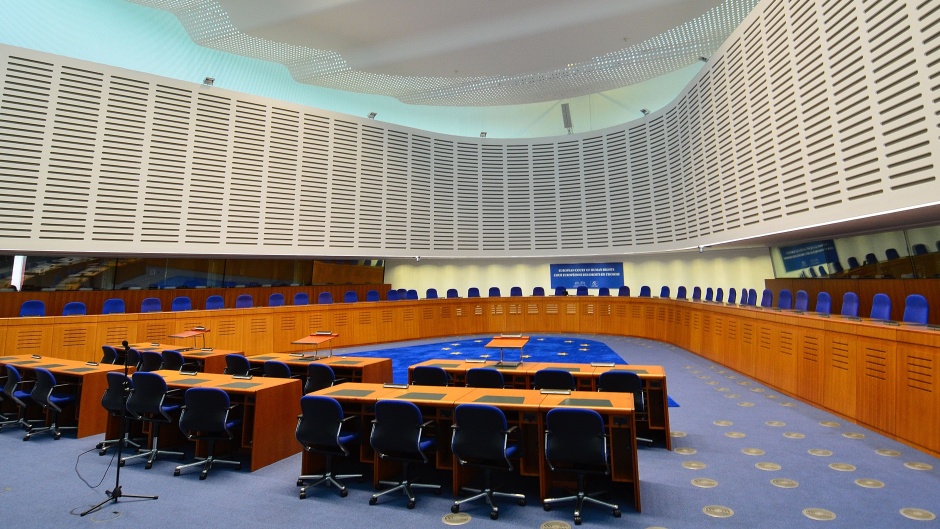European Court of Human Rights allows ban on all “visible symbols of belief” in classrooms
Three Muslim students in Belgium appealed to Europe after not being allowed to wear headscarves at school. The ban had been introduced to “protect” pupils from “proselytization”.
STRASBOURG · 17 MAY 2024 · 10:51 CET

Schools have the right to ask students to not wear visible religious symbols at school, has said the European Court of Human Rights (ECHR).
An educational centre is not restricting the religious freedom of students when it decided to ban all religious symbols “without distinctions” between religions. In other words, students can be asked to leave any visible expression of their faith at home.
In this “final decision” on 16 May 2024, a chamber of seven judges of the ECHR rejects the appeal of three Muslims students from Belgium who had lost the court case on a national level. They argued that the ban on wearing “conspicuous religious symbols during teaching activities” introduced in their school “violated their right to respect for their private life, their right to freedom to manifest their religion or belief, their right to freedom of expression and their right to education”.
Not being allowed to wear an Islamic headscarf collided with Article 9 of the European Convention on Human Rights, the Muslim families said.
Decision Mikyas and Others v. Belgium - Ban on visible symbols of belief in the official education system of the Flemish Communityhttps://t.co/anGVmpqRy3#ECHR #CEDH #ECHRpress pic.twitter.com/xnM2sLdbNQ— ECHR CEDH (@ECHR_CEDH) May 16, 2024
But the European Court dismissed the case saying the complaint was “ill-funded”.
The only condition for bans on visible faith symbols in the classroom should be that they are applied with “proportion” and leaving out the hours of Religious Education.
Prohibition to protect “neutrality”
Not allowing to wear religious symbols can be justified under the principle of “neutrality”, says the ECHR, especially in contexts where a need is identified of “protecting pupils from any form of social pressure and proselytization”.
The network of public schools in the Flemish region of Belgium that implemented the ban on religious symbols at school said it did so to reduce the “pressure” on girls of Arab origin who could face “exclusion” for not wanting to wear a veil.
The European Court concludes by saying that “the concept of neutrality in the Community’s education system, understood as prohibiting, in a general manner, the wearing by pupil of visible symbols of one’s beliefs, did not in itself run counter to Article 9 of the Convention and the values underlying it”.
The ruling could now be followed by other educational systems in Europe.
The ECHR is the court of the Council of Europe, an international organisation formed by 46 European countries. The Council of Europe should not be confused with the European Unionm which has its own judicial branch, the European Court of Justice.
One more year
Learn all about our #OneMoreYearEF campaign here (English).
Published in: Evangelical Focus - europe - European Court of Human Rights allows ban on all “visible symbols of belief” in classrooms
